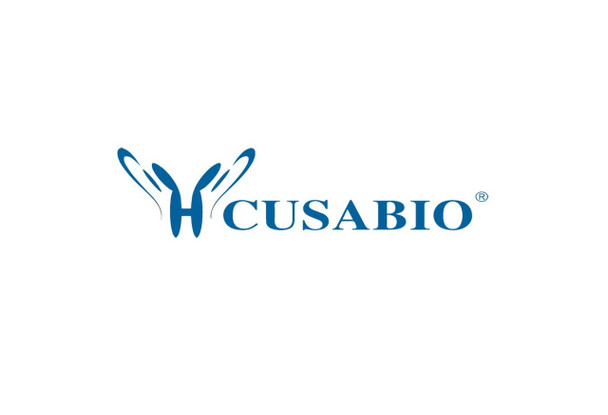Cusabio Human Recombinants
Recombinant Human Fibroblast growth factor 10 (FGF10), partial | CSB-EP008616HU(F1)
- SKU:
- CSB-EP008616HU(F1)
- Availability:
- 13 - 23 Working Days
Description
Recombinant Human Fibroblast growth factor 10 (FGF10), partial | CSB-EP008616HU(F1) | Cusabio
Alternative Name(s): Keratinocyte growth factor 2
Gene Names: FGF10
Research Areas: Cardiovascular
Organism: Homo sapiens (Human)
AA Sequence: CQALGQDMVSPEATNSSSSSFSSPSSAGRHVRSYNHLQGDVRWRKLFSFTKYFLKIEKNGKVSGTKKENCPYSILEITSVEIGVVAVKAINSNYYLAMNKKGKLYGSKEFNNDCKLKERIEENGYNTYASFNWQHNGRQMYVALNGKGAPRRGQKTRRKNTSAHFLPMVVHS
Source: E.coli
Tag Info: N-terminal 6xHis-SUMO-tagged
Expression Region: 37-208aa
Sequence Info: Partial
MW: 35.4 kDa
Purity: Greater than 90% as determined by SDS-PAGE.
Relevance: Plays an important role in the regulation of embryonic development, cell proliferation and cell differentiation. Required for normal branching morphogenesis. May play a role in wound healing.
Reference: "Structural basis by which alternative splicing confers specificity in fibroblast growth factor receptors."Yeh B.K., Igarashi M., Eliseenkova A.V., Plotnikov A.N., Sher I., Ron D., Aaronson S.A., Mohammadi M.Proc. Natl. Acad. Sci. U.S.A. 100:2266-2271(2003)
Storage: The shelf life is related to many factors, storage state, buffer ingredients, storage temperature and the stability of the protein itself. Generally, the shelf life of liquid form is 6 months at -20?/-80?. The shelf life of lyophilized form is 12 months at -20?/-80?.
Notes: Repeated freezing and thawing is not recommended. Store working aliquots at 4? for up to one week.
Function: Plays an important role in the regulation of embryonic development, cell proliferation and cell differentiation. Required for normal branching morphogenesis. May play a role in wound healing.
Involvement in disease: Aplasia of lacrimal and salivary glands (ALSG); Lacrimo-auriculo-dento-digital syndrome (LADDS)
Subcellular Location: Secreted
Protein Families: Heparin-binding growth factors family
Tissue Specificity:
Paythway: MAPKsignalingpathway
Form: Liquid or Lyophilized powder
Buffer: If the delivery form is liquid, the default storage buffer is Tris/PBS-based buffer, 5%-50% glycerol. If the delivery form is lyophilized powder, the buffer before lyophilization is Tris/PBS-based buffer, 6% Trehalose, pH 8.0.
Reconstitution: We recommend that this vial be briefly centrifuged prior to opening to bring the contents to the bottom. Please reconstitute protein in deionized sterile water to a concentration of 0.1-1.0 mg/mL.We recommend to add 5-50% of glycerol (final concentration) and aliquot for long-term storage at -20?/-80?. Our default final concentration of glycerol is 50%. Customers could use it as reference.
Uniprot ID: O15520
HGNC Database Link: HGNC
UniGene Database Link: UniGene
KEGG Database Link: KEGG
STRING Database Link: STRING
OMIM Database Link: OMIM


-SDS__62706.1638523977.jpg?c=1)

-SDS__62706.1638523977.jpg?c=1)




